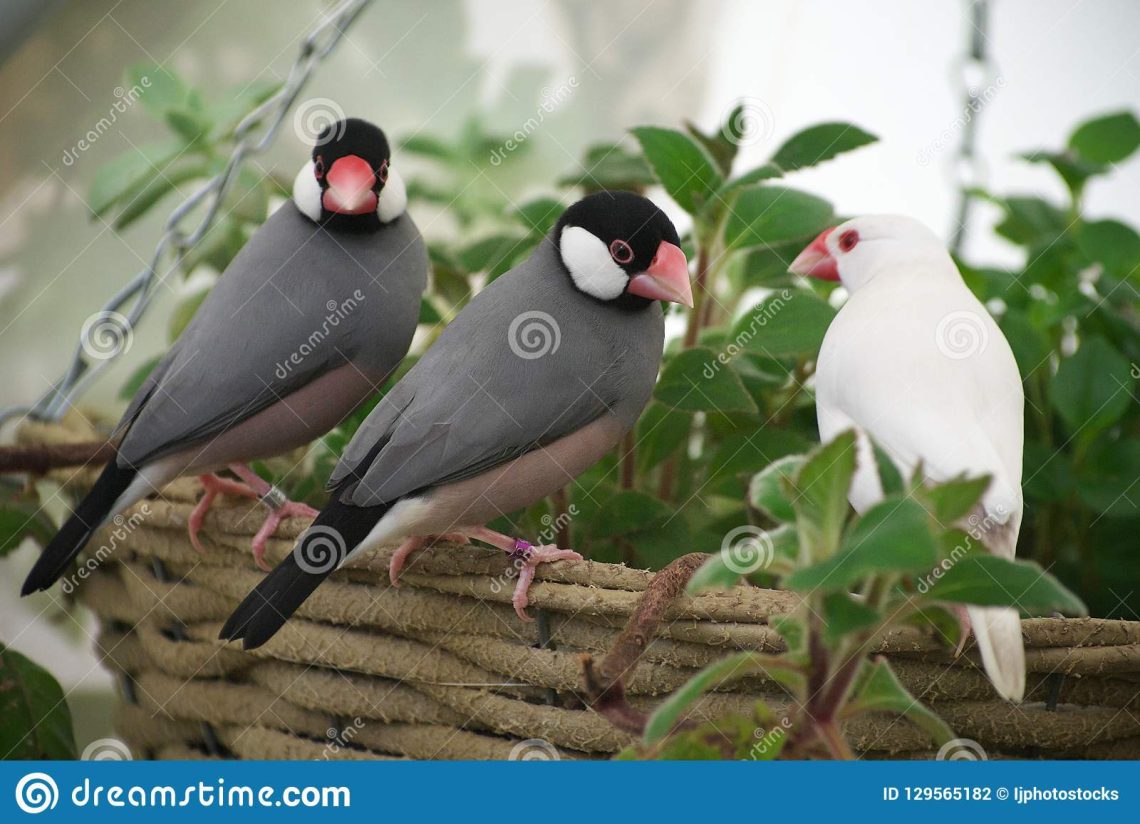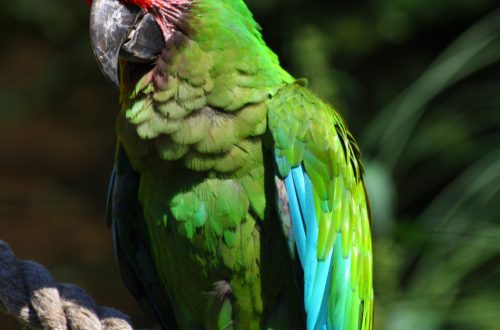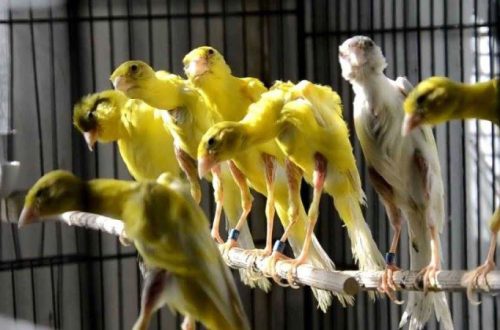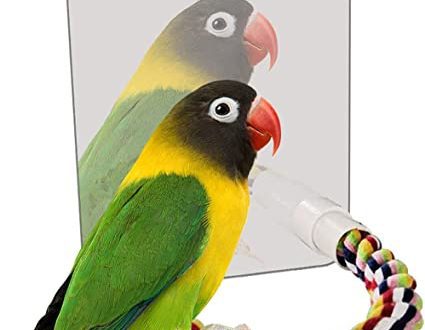
Amadin
Amadins are flocking birds of the finches family. Under natural conditions, they form flocks of 1000 individuals. Birds choose the outskirts of forests and steppes near water bodies as habitats, but they can often be found in urban gardens and parks.
Some finches prefer to lead a nomadic lifestyle and always fly from place to place, but most rarely fly far from nesting sites. As for the nests, they are special in Amadins: spherical or elliptical in shape, “sewn” from leaves and plant fibers.
Amadins are called weavers, because. they do not weave, but literally sew (weave) their beautiful nests.
Amadins are quite easy to tame and feel great in a home environment. They have a pleasant and quiet voice, they chirp beautifully, occasionally turn to a whistle and make curious sounds similar to buzzing. These are very calm, balanced birds, which are extremely difficult to tolerate strong noise, as well as sharp sounds and movements: this frightens the finches, there are cases when birds died from fright.
Appearance
Finches are miniature, proportional, very beautiful birds with bright plumage. Body length – no more than 11 cm.
The head, neck and back of the finches are gray in color, there are red-orange spots in the ear area, and dark stripes on the neck. The chest and abdomen are yellowish-white, with a black spot on the chest. The sides are orange-red, with oval white spots. The beak in adult males is bright red, in females it is bright orange. Young finches are easy to recognize by their black beak.
In general, males have a brighter color: by nature, they are supposed to lead possible predators away from the nest, while a less noticeable female is in the nest and takes care of the offspring.
As a rule, a bright color is formed in birds at the age of about 10 weeks. Some finches tend to change color depending on the season; during the mating season, males acquire a bright red color.
Lifespan
In captivity, finches live only 5-7 years.
Features of the content
In addition to proper nutrition and a spacious cage (the optimal size is 350x200x250 mm), there are a number of other important features that affect the comfort and well-being of finches when kept in captivity. In the room in which the finches are kept, it is necessary to maintain an air temperature of 18-20 C and strictly ensure that there are no temperature drops. Amadins are extremely difficult to tolerate temperature changes and drafts, in addition, birds are sensitive to strong odors, cigarette smoke, as well as to harsh noise and jerky movements. In uncomfortable conditions, finches quickly get sick and may even die, so the future owner of the finches must take these features into account and determine whether he can provide the pet with favorable conditions.
Because finches are very clean birds, their cages must always be kept clean. It is better to choose cages with a retractable bottom tray, it is recommended to fill the bottom of the cage with special sand: this will keep unpleasant odors and make cleaning easier. The cage must be installed in the bright part of the room.
Amadins are very fond of swimming, so you can install a special bath for bathing birds in the cage, filled with clean, settled water by about 2 cm.
When purchasing several finches, it should be understood that birds can be aggressive towards their neighbors, so it is better to seat finches in pairs in different cages.
For nesting in a cage, a wooden house (12x12x12, notch – 5 cm) is installed to the finches, and for arranging a nest, pets need to be provided with bast, soft grass, disinfected light-colored chicken feathers, etc.
Distribution
The homeland of colorful birds is South Asia. Amadins are common in Thailand, Sri Lanka, India, as well as in southern China, Malaysia, etc.
Interesting Facts:
The beak of the finches is a bit waxy in texture, which is why these birds are also called wax-billed.
In total there are 38 species of finches.





